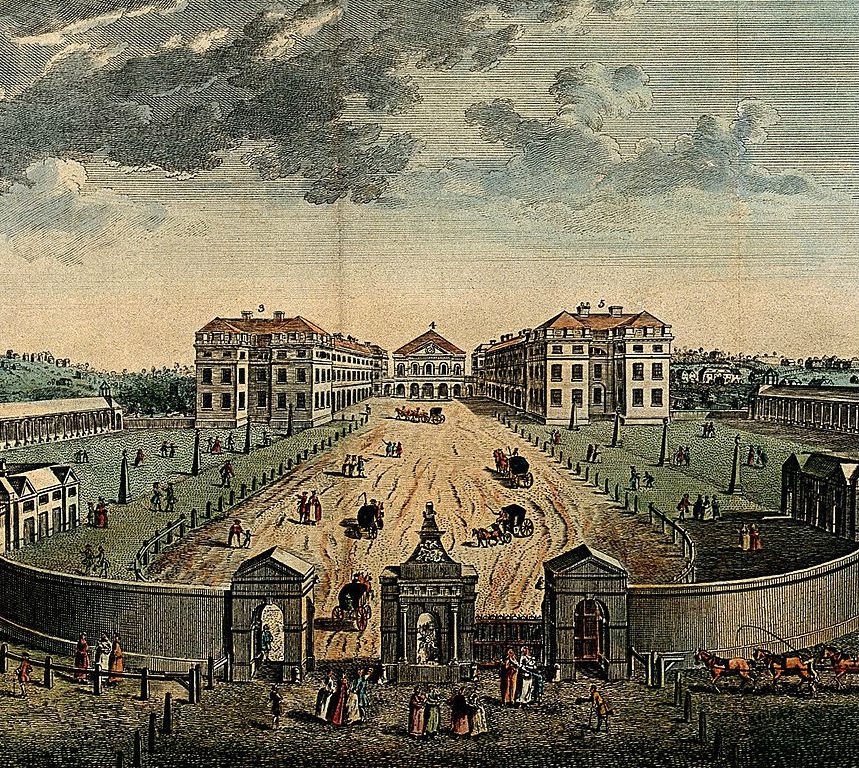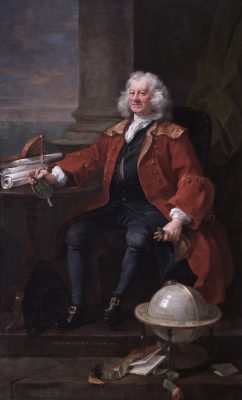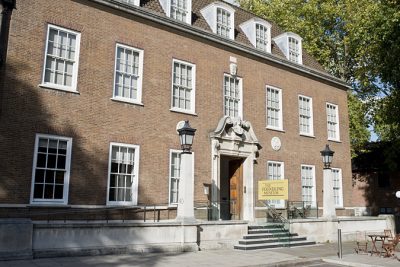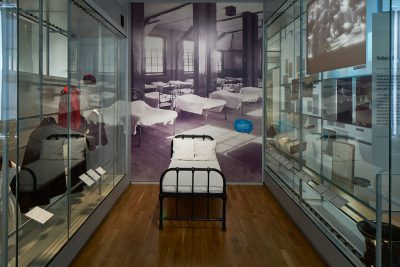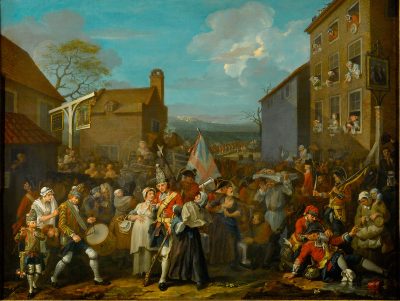A visit to the Foundling Museum.
Lower IV have been studying ‘Coram Boy’ by Jamila Gavin, a book set in the eighteenth century which explores the issues around child cruelty and the plight of young parents and their babies born into poverty. The Foundling Hospital, which continues today as the children’s charity Coram, was established in 1739 by the philanthropist Thomas Coram to care for babies at risk of abandonment.
Captain Thomas Coram by William Hogarth
On 5th and 6th December 2017 Lower IV A and Lower IV Alpha were able to explore the history behind their study of English Literature in ‘Coram Boy’ when they visited the Foundling Museum which, as their website says, ‘ explores the history of the Foundling Hospital, the UK’s first children’s charity and first public art gallery. We aim to inspire everyone to make a positive contribution to society, by celebrating the power of individuals and the arts to change lives.’
Daisy Morris, Lower IV Alpha reports on this visit: ‘In December Lower IV Alpha visited the Foundling Museum to learn and explore more about the historical context linking to the novel we have been studying, ‘Coram Boy’. When arriving at the Foundling Museum we began by looking at art work by William Hogarth who was a governor of the hospital. We learnt how Hogarth portrayed life in London at the time by painting what he saw, showing all the negatives and chaos during that time. It was really interesting to see how everything fitted within and around Coram Boy and to learn more about details described in the novel. This included the context around illegitimate children and why people, mostly of a lower class, drank so much gin. These ideas and themes were mentioned in the novel, but it was useful to learn more about them. The trip involved many activities such as reading stories about mothers who wanted to have their children accepted at the Coram Hospital, studying the art work and its context, looking around the museum and at tokens and even dressing up a pupil in a foundling’s uniform! Overall, I thought the trip was fun, interesting and really helped me gain an understanding of Coram Boy.’
Lily Rai, also Lower IV Alpha, continues, ‘Our school visit to the Coram Museum was a wonderful experience. I really enjoyed learning about all the tokens and the lives of the girls who gave their babies away to the Foundling Hospital. I also enjoyed seeing the paintings in the gallery, especially the portrait of Captain Thomas Coram, as we learnt about the artist, Hogarth, who painted these pictures at school. It was amazing to see the original portraits and pictures which Hogarth painted for the hospital and the pictures which hung on the walls of the Coram Hospital many years ago.
The March of the Guards to Finchley by William Hogarth
During our visit we were all involved in an activity where we had to write an admission statement on behalf of a mother who was desperate to leave her baby at the Coram Hospital. I enjoyed this activity a great deal as we were able to discuss our ideas about the motives of the mothers who wanted to leave their babies at the hospital and I feel that we gained a better understanding into the lives of women who were forced to give away their babies. In addition, this activity also helped me to gain more insight into the book “Coram Boy” which we have been studying in English. The trip was a great experience and enabled us to learn about the Coram Hospital and the lives of its orphans in greater depth.’

